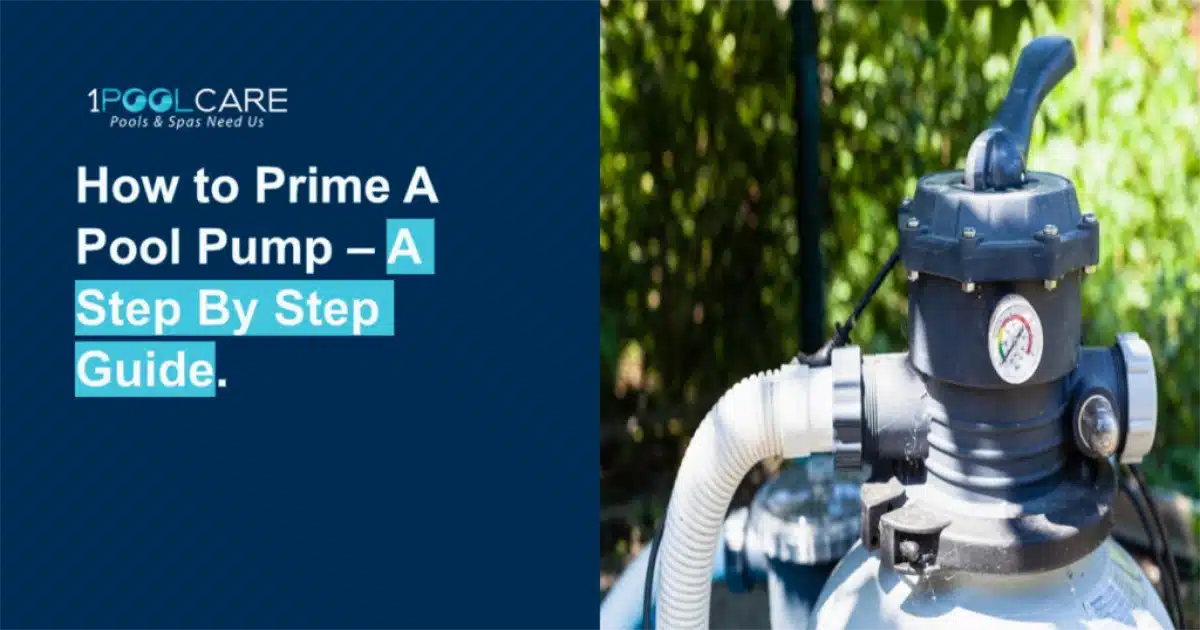
To prime a pool pump first shut off power, set the multiport valve to Recirculate, fill the pump basket and pump housing with pool water, reseal the pump lid, start the pump, then open the air relief valve until water runs solid. Expect steady water flow within 1–3 minutes on most pumps. If you see air bubbles under the lid or from the returns, stop, recheck seals and valves, and repeat the priming procedure.
Tools you need for the priming process
Use a garden hose to add water, protect the O-ring with silicone lube, and have basic tools ready.
Have either a hose with good pressure, silicone-based lube for the lid O-ring, and a flathead screwdriver for unions or relief valves. Optional gear includes PTFE tape for small union leaks and a clear lid to watch air bubbles building during the priming process. Wear insulated gloves and work in a dry area to prevent slips and costly repairs.
Before you start: safety and system checks
Shut power at the circuit breaker and make sure the system can pull water, not air.
Switch the swimming pool pump off at the power switch and the circuit breaker. Check water level is halfway up the skimmer so the pump can pull water without sucking air. Empty the skimmer basket and the pump’s strainer basket, and inspect the lid O-ring is in good condition. If filter pressure is high before you begin, consider Backwashing a Pool.
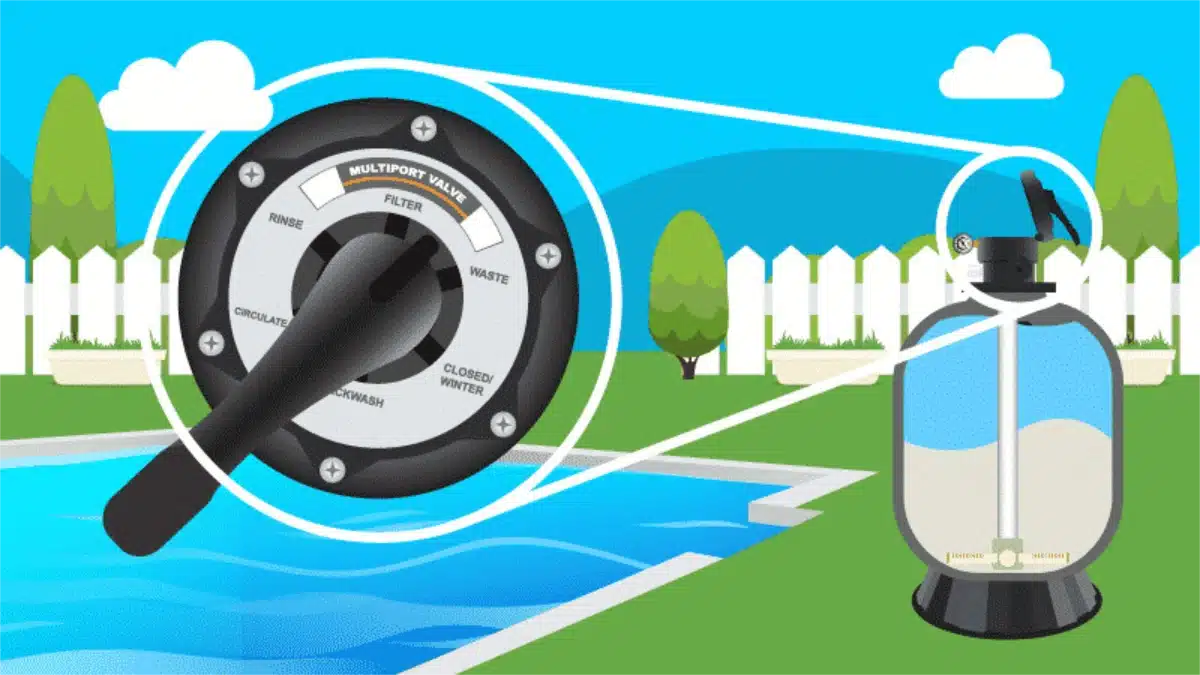
Step-by-step priming process
Bypass restriction, fill the housing, vent air, then return to normal filtration.
- Turn the multiport valve to Recirculate to reduce back-pressure during the priming procedure.
- Remove the lid and fill the pump basket and pump housing with as much water as the cavity will take. Add water slowly to minimise trapped air.
- Reseat a clean, lightly lubricated O-ring, ensure the lid is closed properly, and tighten by hand only to prevent over tightening.
- Restore power and slowly open the filter’s air relief valve. A short burst of air followed by an increasing amount of water indicates progress.
- When the air valve releases a steady stream of water and the returns push out only water, close the valve. Return the multiport valve to Filter and confirm normal pressure and flow.
- If you need to balance salt once circulation is stable, see How to Add Salt to Your Pool.
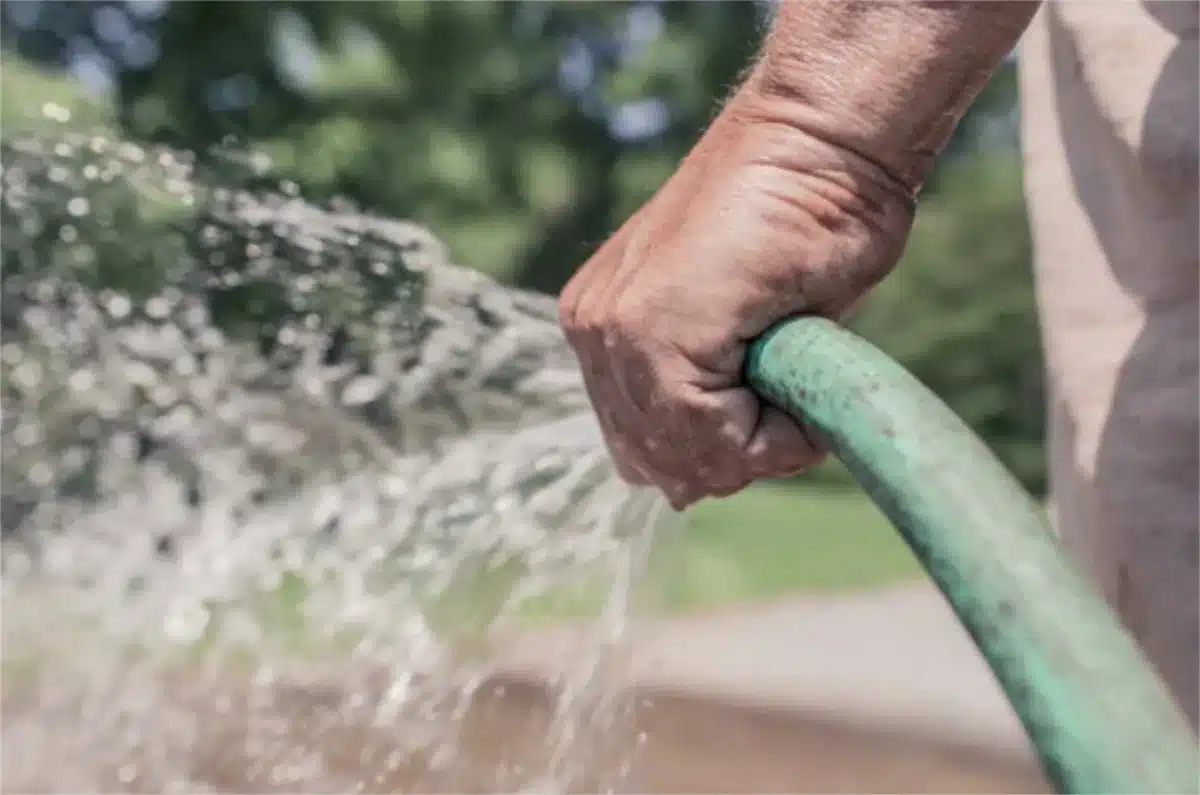
Troubleshooting: pump not pulling water
Fix suction-side air leaks, remove debris, and verify valve positions.
If the pump depends on long suction runs, priming can take a few tries. Check for an air leak at the lid seal, drain plugs, and union gaskets. Clear debris from either the basket in the skimmer or the pump’s strainer. Inspect the pipe into the pump for blockages and confirm every valve is set correctly. If a suction cleaner is attached and affecting water flow, review How Do Pool Cleaners Work?.
Why pumps lose prime
Air gets in or the housing drains, so the impeller pushes water inconsistently.
Low water level lets air enter the skimmer. A perished lid seal or loose unions let air into the suction side. After maintenance or a power cut the housing can drain and need refilling. If you run dry, heat from the motor can damage the mechanical seal and the unit may stop working until repaired.
How often should you prime a pool pump
Only prime after air has entered the system or you opened the housing.
A healthy system should hold prime between cycles without re priming. Frequent priming suggests a leak or maintenance issue. For routine checks that prevent de-priming, see How Often Should a Pool Be Serviced?.
Signs the pump is not primed
Air in the lid and near-zero pressure show the system is not moving water properly.
Look for air bubbles building under the lid, a basket that will not stay full, and return jets that dribble instead of creating flow. Filter pressure at or near zero also points to a priming issue.
Can a pump run without priming
No. Running unprimed risks seal failure, overheating and costly repairs within minutes.
If the basket does not fill within 60 to 90 seconds, shut the pump, refill the housing, and try again.
Do all pool pumps need priming
Self-priming pumps still need water in the housing; flooded suction primes quickly if valves are set correctly.
Most pumps are self-priming, but the priming process still starts with a full housing. Long or elevated suction lines may take more water and time. To match expectations with your hardware, see Types of Pool Pumps.
How long should priming take
Allow 1–3 minutes for a typical domestic system, and up to 5 minutes on long suction runs.
Add 1–2 minutes for larger filters or long pipe runs. If you are not primed by 3–5 minutes, shut the pump, check for leaks and repeat the steps.
Maintenance that prevents de-priming
Taking care of seals, water level and baskets keeps prime stable through the pool season.
Replace the lid O-ring annually or when cracked, and lightly lubricate it after each service. Maintain water level at mid-skimmer. Clean the baskets weekly and log your normal filter pressure so deviations are obvious. Tighten unions by hand to avoid over tightening. When circulation is stable, confirm balance with the Best Swimming Pool Test Kit.
When to call a pro and where to get parts
If air returns immediately after priming or the pump loses prime overnight, book expert help with Pool Service Perth. For lids, seals, pumps and accessories, browse Pool Pumps.
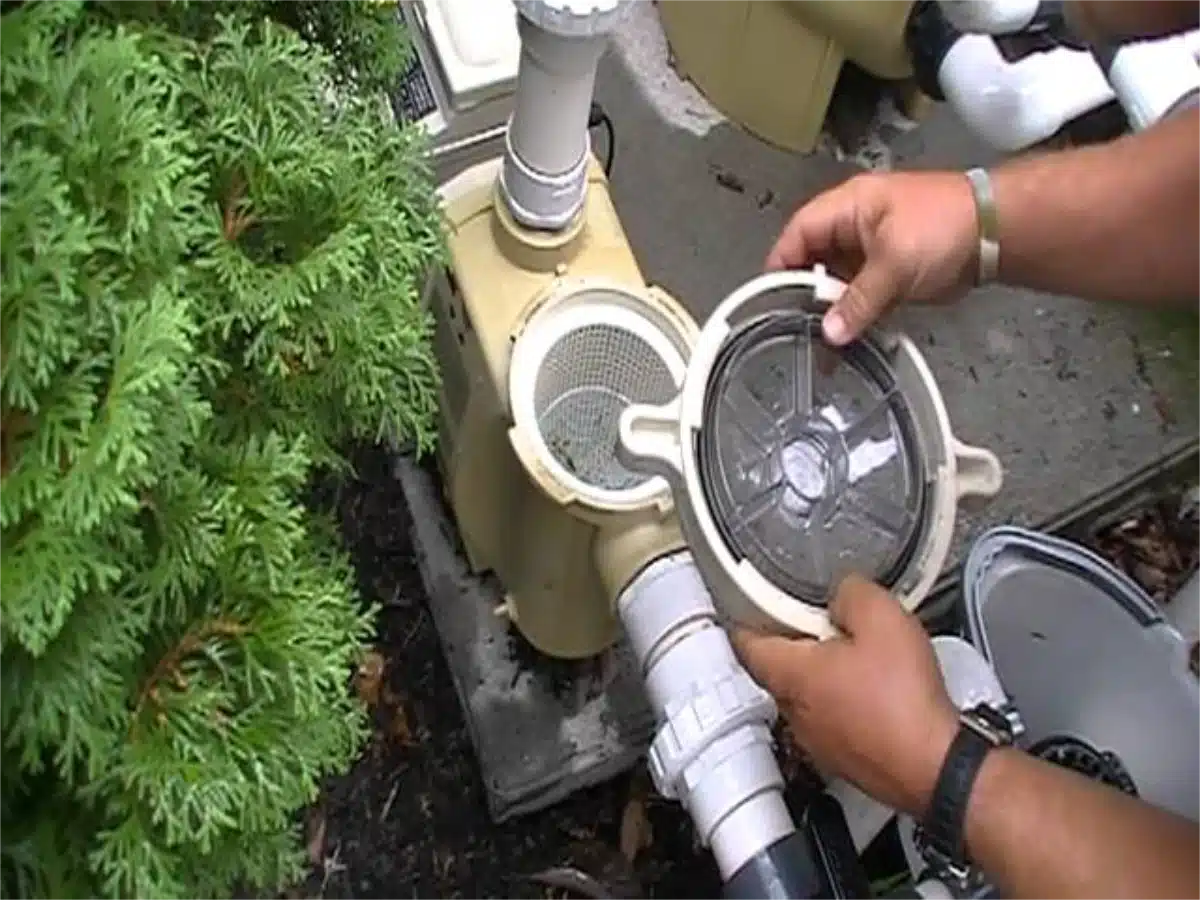
how to prime a pool pump FAQ
Conclusion
If your swimming pool pump still loses prime after these steps, our Perth techs can find suction-side air leaks, replace a worn O-ring, clear the impeller, and set your multiport valve correctly so the system holds prime.
Need parts or an upgrade 1 Pool Care pools services Perth throughout north and southern suburbs. Browse Pool Pumps. Want a professional hand keeping things perfect each week? Book Residential Pool Cleaning. Ready to speak to a real person now?
Contact Us and we will get your water moving, your pressure logged, and your equipment running quietly without costly repairs.
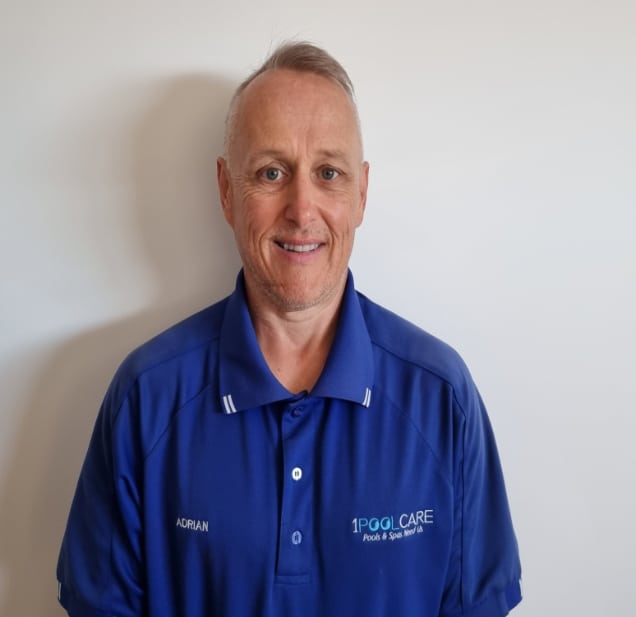
With over 20 years of industry experience, Adrian Mole is the founder of 1 Pool Care, a leading mobile pool service in Perth. Known for his expert knowledge and reliable service, Adrian delivers professional pool cleaning, equipment repairs, and water balancing across the metro area. Backed by SPASA accreditation, he’s committed to quality, convenience, and customer satisfaction.

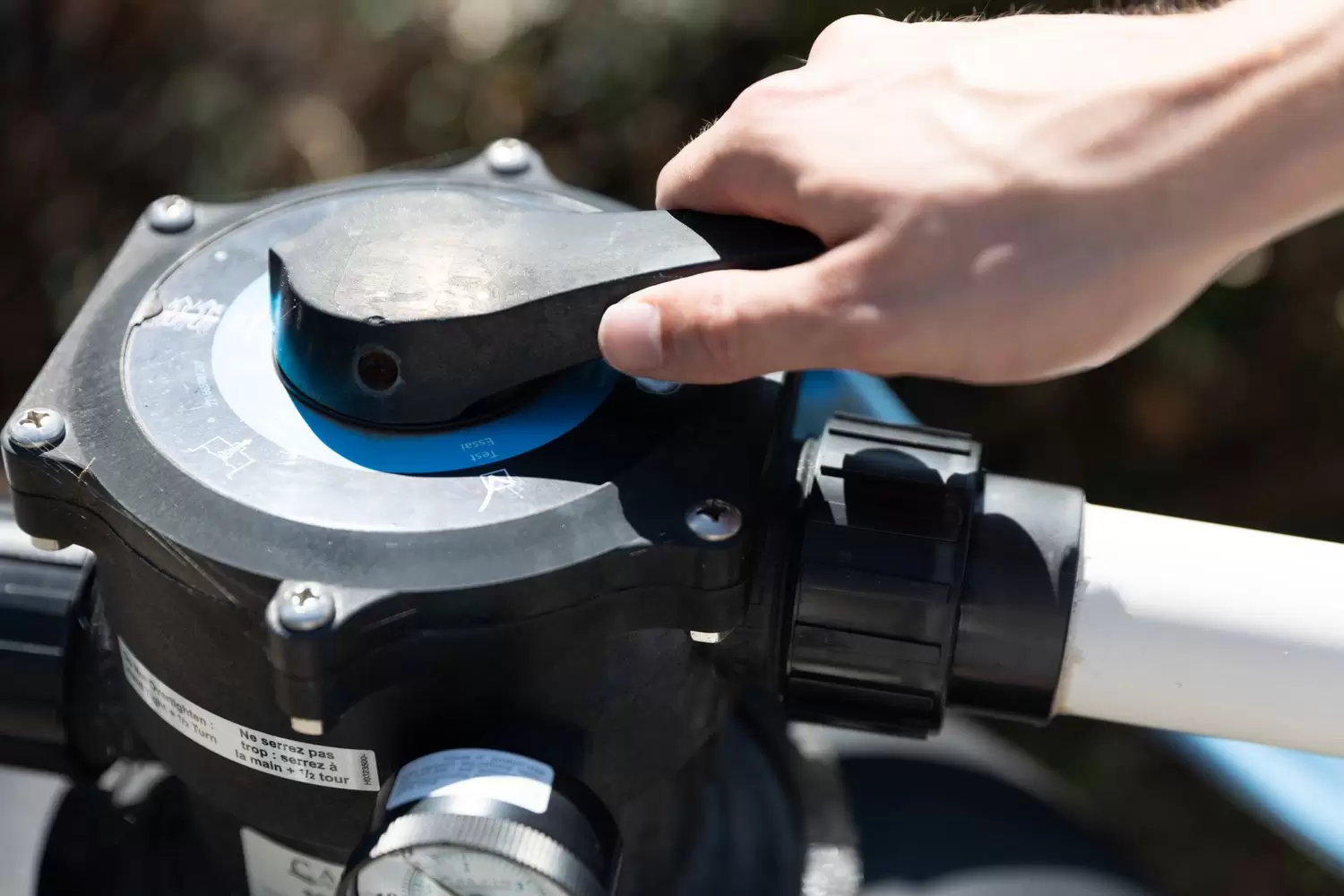

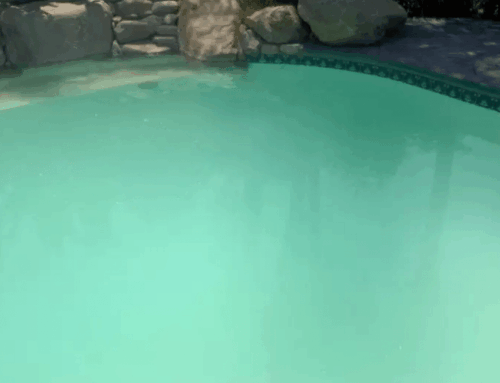
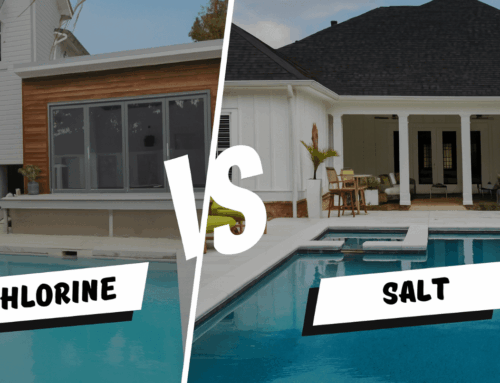
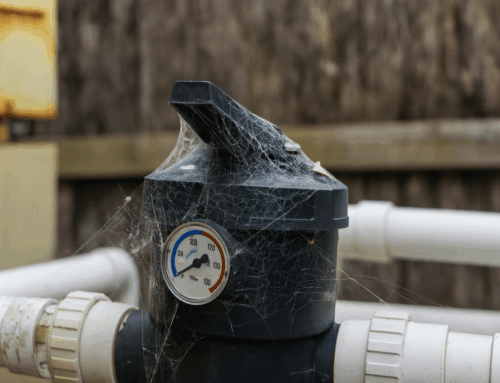





Social Media